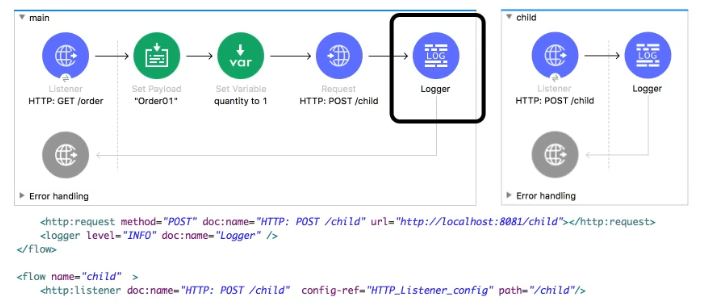At ValidExamDumps, we consistently monitor updates to the MuleSoft MCD-Level-1 exam questions by MuleSoft. Whenever our team identifies changes in the exam questions,exam objectives, exam focus areas or in exam requirements, We immediately update our exam questions for both PDF and online practice exams. This commitment ensures our customers always have access to the most current and accurate questions. By preparing with these actual questions, our customers can successfully pass the MuleSoft Certified Developer - Level 1 (Mule 4) exam on their first attempt without needing additional materials or study guides.
Other certification materials providers often include outdated or removed questions by MuleSoft in their MuleSoft MCD-Level-1 exam. These outdated questions lead to customers failing their MuleSoft Certified Developer - Level 1 (Mule 4) exam. In contrast, we ensure our questions bank includes only precise and up-to-date questions, guaranteeing their presence in your actual exam. Our main priority is your success in the MuleSoft MCD-Level-1 exam, not profiting from selling obsolete exam questions in PDF or Online Practice Test.
An SLA based policy has been enabled in API Manager. What is the next step to configure the API proxy to enforce the new SLA policy?
Correct answer is Add required headers to RAML specification and redeploy new API proxy
MuleSoft Doc Ref : https://docs.mulesoft.com/api-manager/2.x/tutorial-manage-an-api
Steps are as below :
Add the Required RAML Snippet
SLA-based rate limiting requires adding a RAML or OAS snippet to your API. This procedure demonstrates adding a RAML snippet.
Specify the client ID and secret as query parameters.
Add a section called traits: at the RAML root level to define query parameters:
traits:
- client-id-required:
queryParameters:
client_id:
type: string
client_secret:
type: string
Add the client-id-required trait to every method that requires these query parameters:
/users:
get:
is: [client-id-required]
description: Gets a list of JSONPlaceholder users.
Step 2 : Add the SLA Tier in API Manager
Step 3 : Apply the policy and redeploy
Refer to the exhibit. The main flow contains an HTTP Request in the middle of the flow. The HTTP Listeners and HTTP request use default configurations.

In this case as outbound call is made using HTTP: POST /child , all attributes will be replaced by this invocation. Hence query parameter will not be accessible at logger.
What happens to the attributes of a Mule event in a flow after an outbound HTTP Request is made?
Attributes are replaced with new attributes from the HTTP Request response.
Attributes include everything apart from Payload/body. For ex: Headers, query parameters, URI parameters.
So, when outbound HTTP request is made, new attributes need to pass the outbound HTTP request and old attributes are replaced.
I have created below diagram to make it easy for you to understand:

An organization is beginning to follow Mulesoft's recommended API led connectivity approach to use modern API to support the development and lifecycle of the integration solutions and to close the IT delivery gap.
What distinguishes between how modern API's are organized in a MuleSoft recommended API-led connectivity approach as compared to other common enterprise integration solutions?
Correct answer is The API interfaces are specified at a granularity intended for developers to consume specific aspect of integration processes
How are multiple conditions used in a Choice router to route events?
Choice router finds the FIRST true condition, then distribute the event to the ONE matched route.
MuleSoft Doc Ref : https://docs.mulesoft.com/mule-runtime/4.1/choice-router-concept
The Choice router dynamically routes messages through a flow according to a set of DataWeave expressions that evaluate message content. Each expression is associated with a different routing option. The effect is to add conditional processing to a flow, similar to an if/then/else code block in most programming languages.
Only one of the routes in the Choice router executes, meaning that the first expression that evaluates to true triggers that route's execution and the others are not checked. If none of the expressions are true, then the default route executes.
